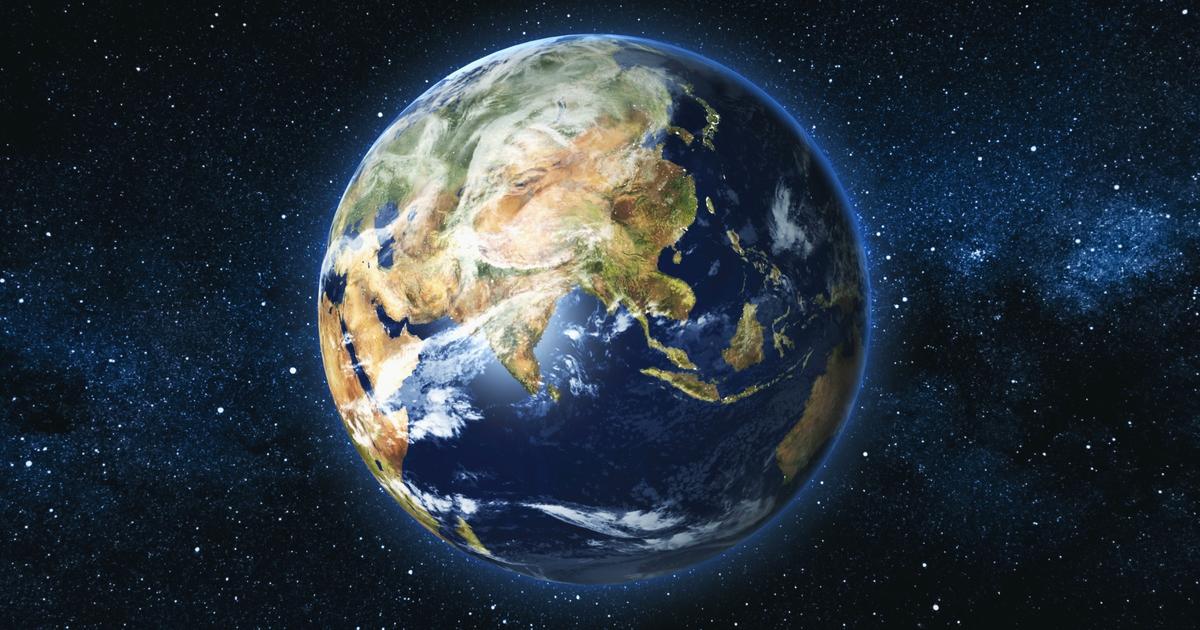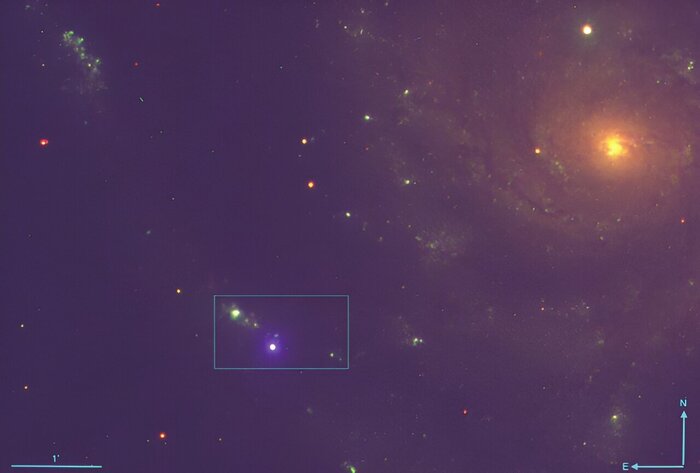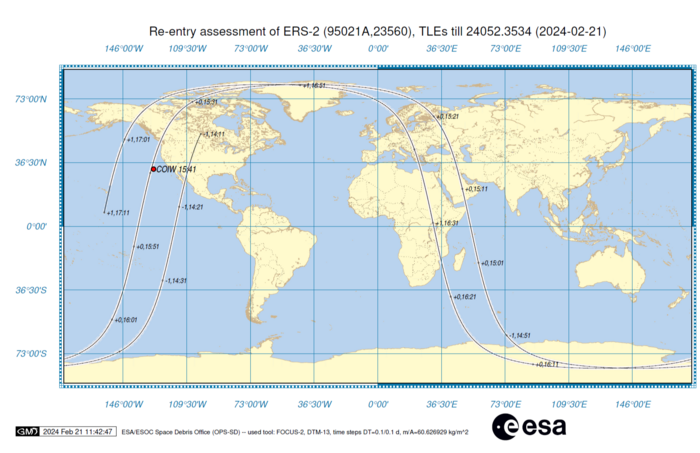The horizon of astronomers is blocked: the space pollution generated by the proliferation of satellites in orbit disturbs the observations of telescopes, to the point of threatening the future of the profession, alert studies whose authors call for a start.
Since the advent of mega-constellations (several thousand satellites sent in clusters) in 2019, initiated by the American Space X, the number of satellites has more than doubled, and projects are multiplying to bring broadband from the space.
A transformation of the sky
This colonization of low orbit (up to 2000 kilometers altitude) congests traffic, increasing the risk of collisions.
By chain reaction, these collisions generate more debris, themselves reduced to ever smaller fragments, magnifying the cloud of waste orbiting above our heads.
The consequences are "
dramatic
" for professional astronomy, faced with an "
unprecedented
" transformation of the night sky, according to a study published Monday, March 20 in
Nature Astronomy
.
For the first time, astronomers have attempted to measure the decline in the effectiveness of observations due to this pollution, and to assess the cost.
Light reflected from the debris continues to brighten the sky.
John Barentine, co-author of the study published in Nature Astronomy
By reflecting sunlight, satellites increase the effects of light pollution from the ground.
Some companies, including Space X, have also tried to reduce the brightness of their machines to reduce these nuisances.
But the effects of small debris are even more problematic.
Below a certain size, terrestrial telescopes cannot detect them individually.
On the other hand, their images are polluted by the multitude of light trails they produce, while "
the light reflected by the debris continues to increase the brilliance of the sky
", explains to AFP John Barentine, co-author of the study.
The largest scientific projects are affected, such as the Vera-C.-Rubin Observatory (VRO), a giant telescope under construction in Chile: models predict a 7.5% increase in the brightness of the sky at its zenith during the next decade.
Read alsoPossible record galaxies for the James Webb Telescope
A significant overhead
This will add "
nearly a year to the nominal duration of the program, an additional cost estimated at 21.8 million dollars
", develops John Barentine.
This is far more than "
the time and money that we already lose with other hazards such as the weather
", regrets this researcher at the American University of Utah.
The impact could be even worse because current measurements of light pollution underestimate the phenomenon, points out another study by
Nature Astronomy
.
Another cost: the loss of opportunities to detect rare and unknown astrophysical phenomena.
Some, like the meteor showers, are so stealthy that you need a totally clear sky to observe them.
However, even from a place free of light pollution like that of the VRO, a 7.5% increase in the luminosity of the sky will reduce the number of observable stars by the same amount, calculates John Barentine.
Read alsoThe mythical “pillars of creation” revisited by the James Webb telescope
An “intangible heritage”
As light pollution on the ground continues to grow, the sites suitable for the construction of telescopes are dwindling, deplore several researchers in addition in articles attached to the studies.
But the phenomenon goes beyond science, and touches on the "
ancestral relationship
" of humanity to the celestial vault, which should be considered as "
intangible heritage
" of humanity, argues astrophysicist Aparna Venkatesan, from the University of San Francisco.
"
The loss of darkness, which affects even the summit of K2, the shores of Lake Titicaca or Easter Island, poses a threat both to the environment and to our cultural heritage", s'
'
"
We want to get out of the light pollution and ultimately what we see are thousands of satellites,
" notes Eric Lagadec, astrophysicist at the Côte d'Azur-UCA Observatory, who did not take part. to studies.
To stop this "
madness
", their authors call for drastically limiting or even banning mega-constellations, stressing that all other "
mitigation
" measures will be ineffective.
But it is “
naive to think that the launcher market will be regulated without constraints
”, given the economic interests at stake, they conclude.







/cloudfront-eu-central-1.images.arcpublishing.com/prisa/TQ73US57UFGWTIXR7C3BS2OTIA.jpg)







